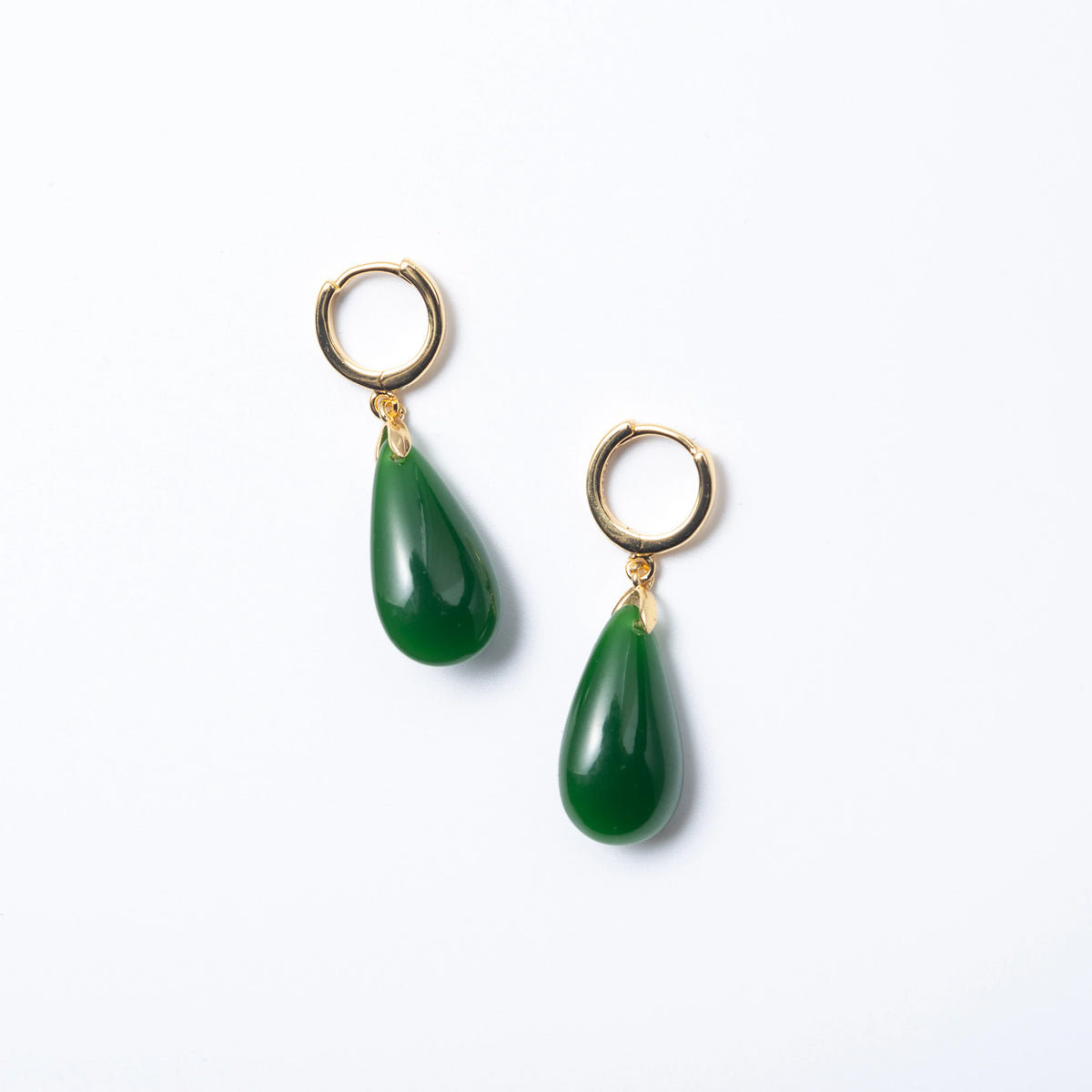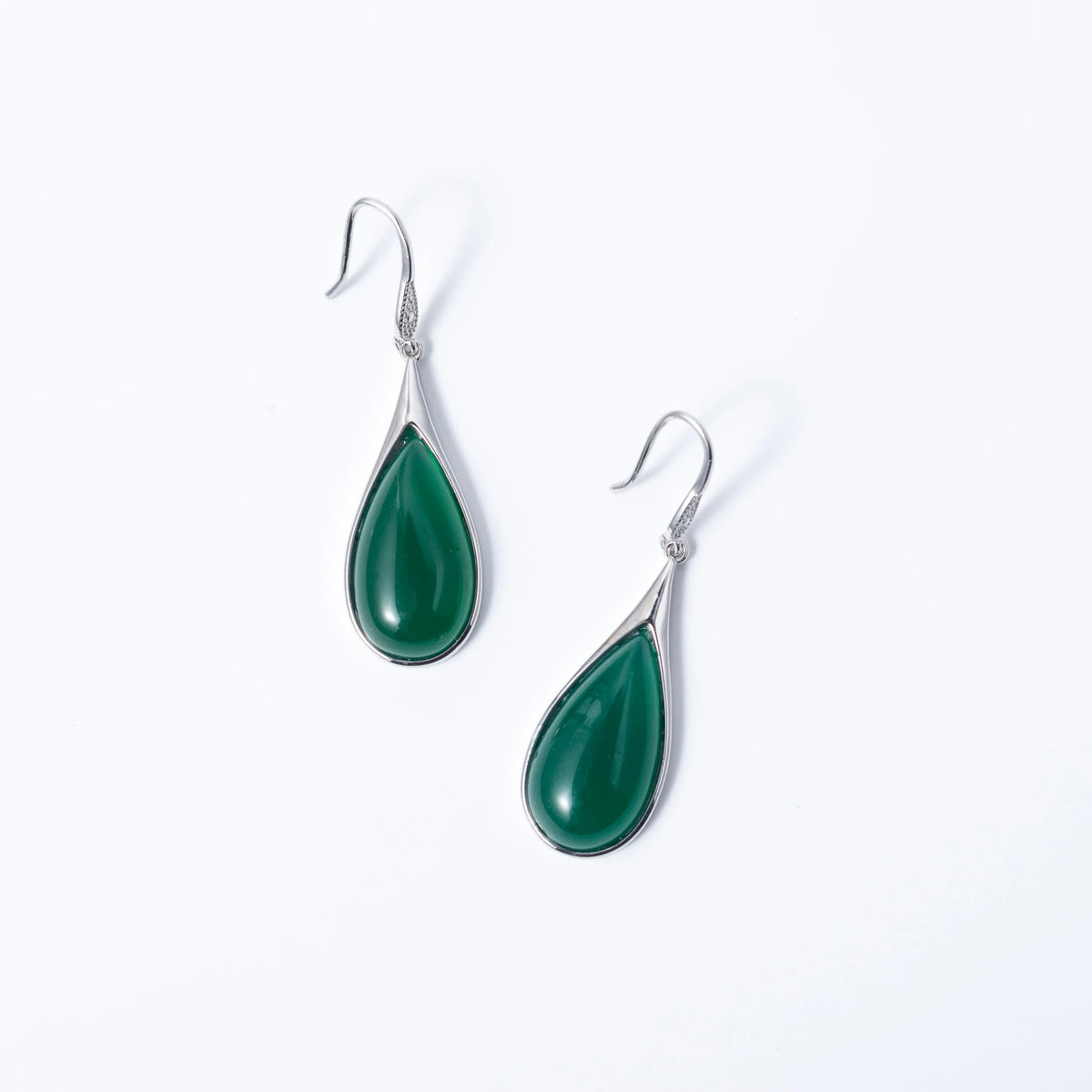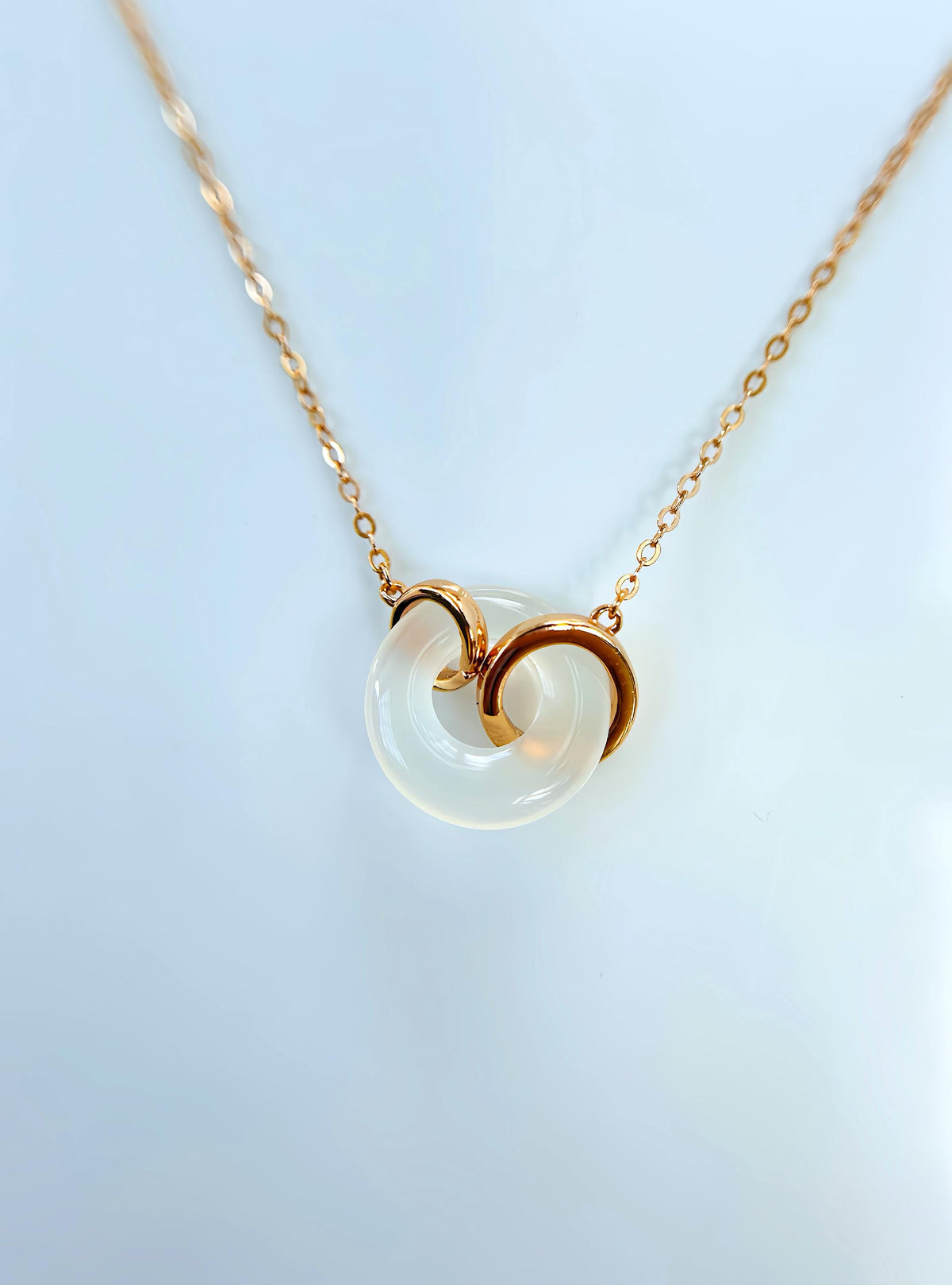Introduction
In China, jade—known as yù (玉)—has always been more than a gemstone. For thousands of years, it has been admired not just for its shimmering green beauty but for the values it symbolizes: purity, wisdom, loyalty, and harmony. Ancient texts compared jade’s polish to purity, its strength to intelligence, and its clear ring to music. Confucius himself praised jade as embodying the highest virtues, a reflection of moral character and spiritual refinement.
From the Neolithic villages of Liangzhu to the burial chambers of Han princes, jade has followed the path of Chinese civilization. It was carved into ritual vessels, musical instruments, ornaments, and even burial suits of thousands of tiny tiles stitched together with gold thread. More than gold or silver, jade became the “Stone of Heaven,” a treasure that linked earth and spirit, life and eternity.
The Origins of Jade in China
Over seven thousand years ago, long before written history, people in the fertile river valleys of China began shaping jade. Its toughness made it one of the most difficult stones to work with, yet it was chosen over softer materials because of its durability and mystery. In the Liangzhu and Hongshan cultures, jade was crafted into ritual axes, pendants, and disks. These objects were not tools for daily life but sacred offerings, often buried with the dead to protect and guide them in the afterlife. From the very beginning, jade held a spiritual purpose.
Jade in Ancient Dynasties
As dynasties rose, jade’s role deepened. During the Shang and Zhou periods, it became the medium between mortals and the heavens. Rulers offered jade in rituals, believing it could communicate with higher powers. By the time of Confucius, jade had grown into a moral metaphor. He saw in jade the qualities of a noble person: benevolence in its softness, wisdom in its toughness, and righteousness in its unyielding strength.
In the Han Dynasty, jade craftsmanship reached extraordinary heights. The most famous creations were the jade burial suits—thousands of small plaques sewn with gold or silver thread to encase emperors and nobles. These suits were not made for vanity but for eternity, born of the belief that jade could preserve the body and grant immortality.
Jade jade burial suits from Han Dynasty

Jade as the “Stone of Heaven”
Across centuries, jade surpassed every other precious material in China. While the West admired gold and diamonds, in China it was jade that carried the greatest honor. Emperors wore jade to symbolize divine rule, scholars treasured it as a reminder of virtue, and ordinary people gave jade ornaments to loved ones for protection and good fortune. Jade was never just jewelry—it was a sacred bond, a way of holding heaven’s blessing in one’s hand.
Cultural and Symbolic Meanings
The meanings attached to jade multiplied with time. It became the embodiment of Confucian ideals, the talisman of health and long life, and the ultimate marker of wealth and authority. Yet at the same time, it was also the humble gift a mother placed around her child’s neck. Jade’s spirit was universal: a reflection of protection, virtue, and cultural continuity, passed down from generation to generation.
Jade in Modern China
Even today, jade remains central in Chinese life. Designers craft sleek, modern jewelry, but the symbolism is unchanged. A jade bracelet may be given to a bride, a pendant to a newborn, or a ring to a loved one, each carrying the same timeless wishes for peace, health, and happiness. In this way, jade continues its journey, linking the modern world to ancient tradition. Check out modern jade jewelry designs and gifts.
Conclusion
The history of Chinese jade is a story of people seeking beauty, meaning, and protection in a single stone. It is the story of emperors and commoners alike, of ancient tombs and modern celebrations, all connected through jade’s eternal glow. To wear jade is to carry with you not only elegance, but also the living heartbeat of Chinese culture and history.




